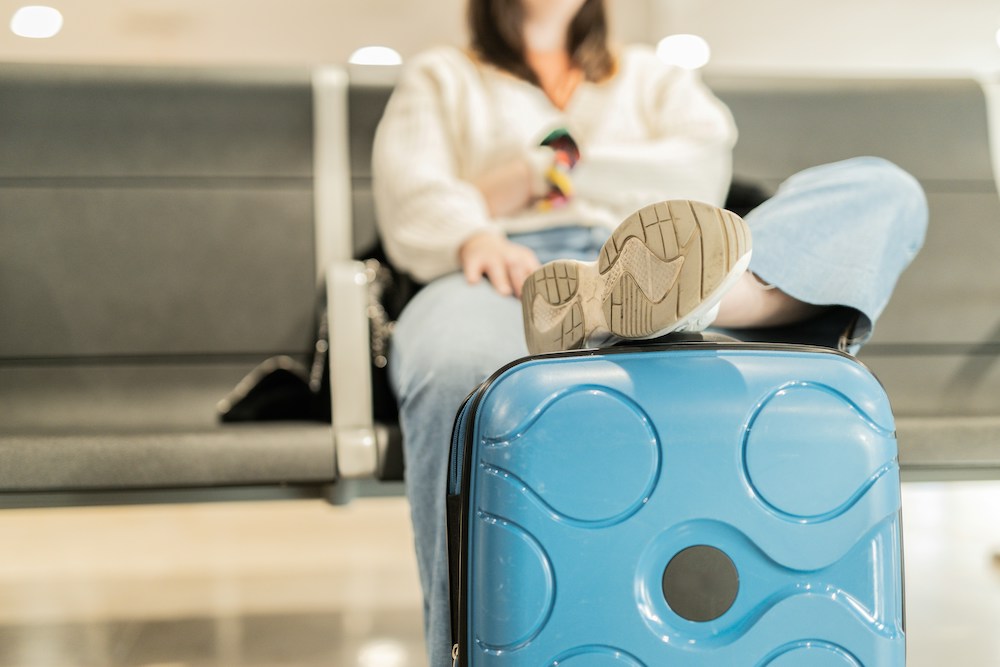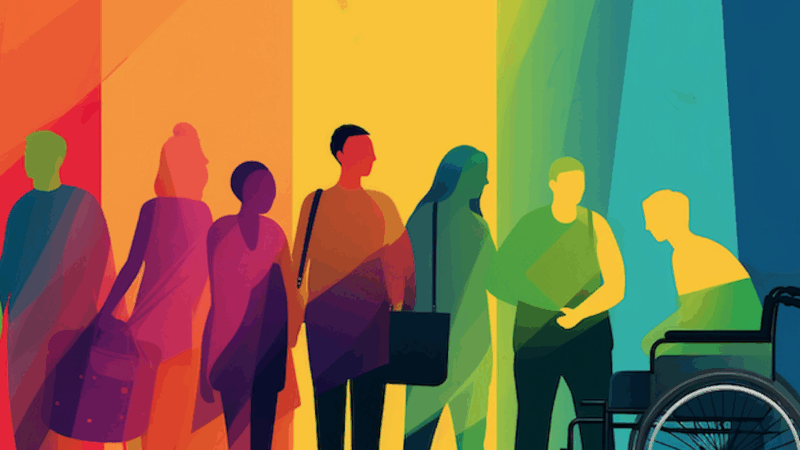The TSA is letting shoes stay on. But as flying gets harder, are we making it too easy for something—or someone—to slip through?
Flying has never been more difficult—and it has never been riskier, either.
Flights are delayed more often than ever, weather disruptions are worsening, and the system is creaking under the strain of pilot shortages and overburdened air traffic controllers. Yet even as the journey itself becomes harder, the push to make airport security more convenient is accelerating.
Two stories that landed in my inbox this week highlight this trend. The Transportation Security Administration (TSA) is now allowing passengers to keep their shoes on at security checkpoints—a reversal of a rule rooted in a very real threat. Another story celebrates a TSA-approved hack that lets travelers bring frozen water bottles through security, thawing them mid-flight to avoid the $6 airside price for hydration. Meanwhile, the world’s busiest airports, from Atlanta to Dubai, are handling tens of millions of passengers a year—record-breaking volumes that would have been unimaginable just a generation ago.
All these stories share the same subtext: even as the skies become more crowded and unpredictable, the priority is to move people through security lines with fewer hassles and less friction. On the surface, it sounds like progress. No more fumbling with shoes, no more dehydration standoffs at the departure gate, and, perhaps, shorter security lines that keep us from missing flights.
But let’s not kid ourselves. This convenience is coming at a price—and it may be a price we pay in the currency of security and lives.
We started taking our shoes off at security checkpoints for a reason. The “shoe bomber,” Richard Reid, was captured in 2001 after attempting to ignite explosives hidden in his footwear. For years, we understood the hard lesson that a single lapse can lead to tragedy. Now, in the name of efficiency and public pressure, we are backsliding, easing restrictions that were put in place because threats were real, not theoretical.
Frozen water bottles may seem harmless—and 99.999% of them will be. But security measures are built around the principle that the smallest vulnerability can be the most devastating one to exploit. As we increase exceptions, we also increase the complexity and potential for human error in a system already struggling with volume, staffing shortages, and technological gaps.
And consider the sheer volume we are dealing with now. The world’s busiest airports are setting passenger records, and each additional convenience measure adds throughput at a cost of reduced checks, less scrutiny, and more risk if something—or someone—slips through. We are asking the same system to move more people, faster, with less friction, while also expecting perfect vigilance. That is not how security—or reality—works.
We live in an era of geopolitical instability, rising extremism, and increased domestic threats. We have seen how attacks on airports and aircraft can reshape global travel and sow fear far beyond the terminals. Our adversaries, whether lone actors or organized networks, are patient. They look for patterns. They wait for complacency.
This is not to say that every security measure from 2002 should remain frozen in time, or that we should not strive to improve the passenger experience. But we need to understand the trade-offs we are making when we decide that convenience outweighs caution. We are creating an environment where one catastrophic event could instantly undo years of incremental progress, bring travel to a halt, and exact a horrific human and economic toll. Let’s not forget that we live in a world where threats still exist, where aviation remains a prime target, and where one act of violence can change everything.
We should celebrate smarter screening technology, more efficient processes, and innovations that genuinely improve security while reducing passenger burdens. But we should also demand transparency about the risks we are accepting in exchange for those conveniences—and be prepared to ask if a few minutes saved in a security line is worth the potential consequences.
A world on the move is a world at risk. As we slip off our shoes and slip through faster lines, let’s not forget what it feels like to slip up.
Any thoughts, opinions, or news? Please share them with me at vince@meetingsevents.com.





